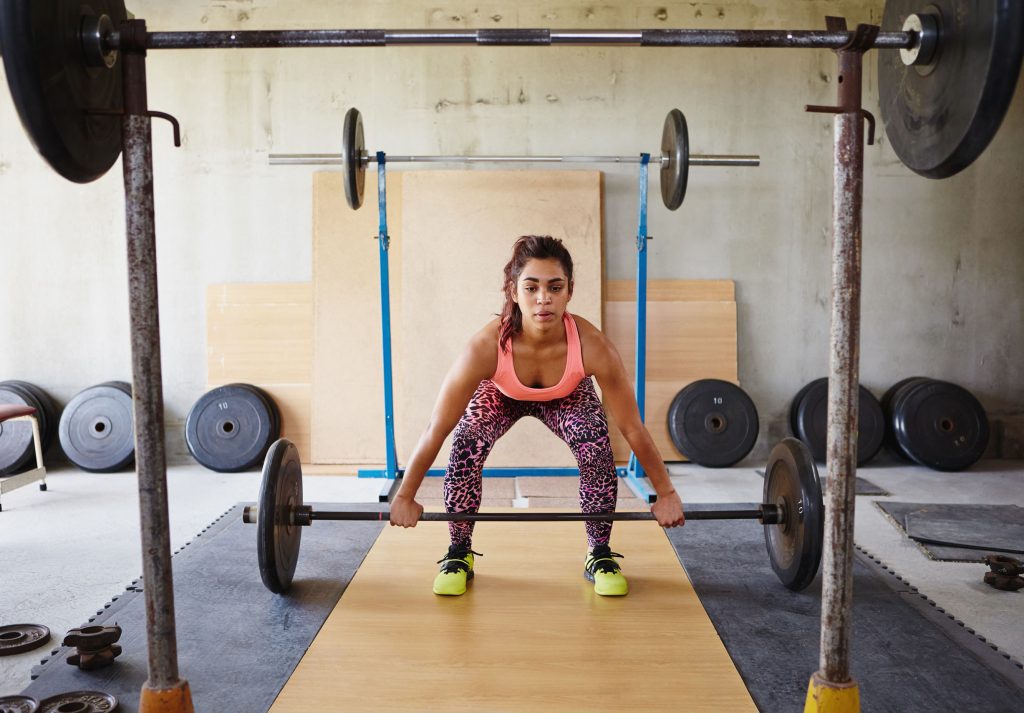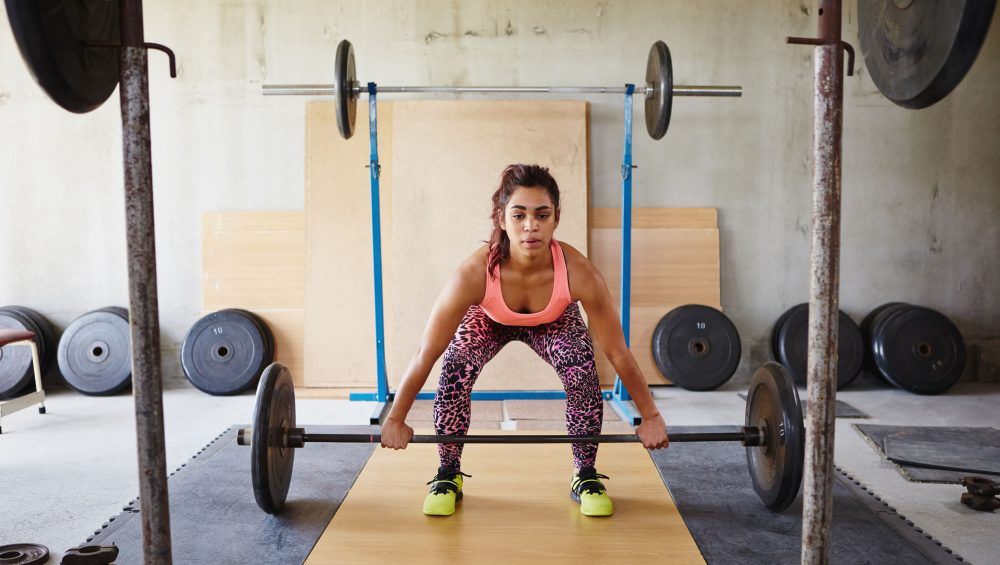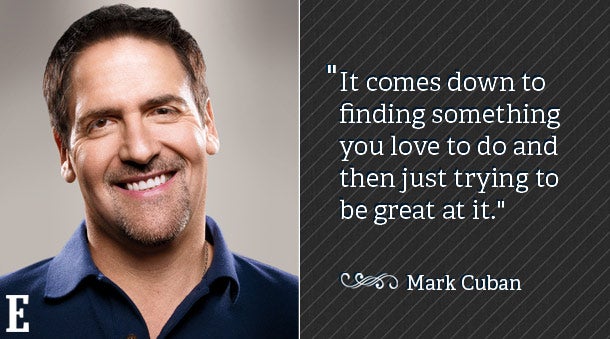Today’s guest post comes courtesy of NY-based personal trainer, Meg Julian and covers a topic I feel is very important: the notion that some women still have a phobia about walking onto a weight room floor.
It’s gotten better in recent years, but there are still some roadblocks which Meg discusses below.
Enjoy.

It’s Time for Women to “Buy Into” Strength Training
Houston, we have a problem.
Most women understand the importance of strength-training, but there is still a full-blown phobia of the weight room floor.
In case you missed it, strength-training
- Builds muscles,
- Increases or maintains bone density,
- Boosts mood by relieving stress and building confidence,
- Helps fight against chronic disease and
- Exponentially increases your awesomeness.
So what’s the hold-up?
This video might offer some clues:
Even though most women know they should be lifting, a number of factors inhibit the urge to actually cross over the threshold of the weight-room floor—which isn’t just disappointing, but bad for their health.
So how can we convince women to buy in to the idea of committing to the iron jungle?
John Kotter and Lorne Whitehead have a tremendous book, “Buy-In: Saving Your Good Idea From Getting Shot Down,” about the concept of getting others to buy into an idea. Kotter and Whitehead provide four reasons why a magnificent idea (see: strength-training) gets shut down:
- Death by delay
- Fear-mongering
- Confusion
- Character assassination
Let’s look at how these issues are often at play in women’s heads when it comes to strength-training.
Death by Delay
We are great at finding a good reason to put off obligations… until Monday/after exams/once we get past the holidays. This can be a never-ending cycle, Because a “good time” is never going to knock on the door and offer us Girl Scout cookies. The good news is that we can create “a good time.”
The more we put off strength-training, the more our muscles, hormones and mind-set get stuck in the same old comfy rut. It doesn’t get easier. On top of that, women reach our peak bone mass in our 30s, which means fighting an uphill against osteoporosis going forward.
Don’t delay. The time to start is now.
Fear-Mongering
There can be a lot of fear when starting to lift weights. Fear of the unknown or looking like you have no idea what you are doing is something I often hear from clients, and that’s something that gets its own section, below.
In the meantime, we also might have a lingering fear of being watched or judged by others. I understand, but really, most people are either too focused on themselves to notice you or are praying you won’t take the piece of equipment they want to use. But to be safe, here is a list of gym etiquette rules.
If someone if making your feel uncomfortable, please alert the gym staff and they will handle it… because that’s not cool. The gym setting shouldn’t be unlike any other public setting. Think of the grocery store. Yes, there is a chance someone is looking at you and your cart, but so what? You need food and you need the benefits from strength-training.
Fear of other’s sweat and grossness? Valid. But most gyms have antibacterial spray and paper towels everywhere —which is better than most public settings. Just sayin’.
Confusion
Back to the fear of not knowing what to do.
I highly recommend hiring a personal trainer, even for a couple sessions, to show you the ropes. Some gyms even offer a complimentary training session or orientation to the facility. The money you invest in your health early on will save you from doctor’s bills in the future, so it’s a positive return on your investment.
If working with a trainer isn’t possible, here are some basic moves I put together to get started.
Character Assassination
This one is a heart-breaker, but I’ve seen it too many times before. It’s when women doubt themselves and their ability to reach their goals despite previous accomplishments or even before making any attempt. You might not believe you can be successful and that you don’t deserve to be on the weight-room floor. Well, consider this your personal invitation… because you do have a place among the bars, bells and cables.
Need more of boost? Again, I recommend a session or two with a trainer to affirm that you are capable of being “Queen of the Iron Throne.” Aside from that, tap into the power of friends, family, social media or Beyoncé to encourage you to slay. It is essential to be your own cheerleader, rather than your enemy.
With all the benefits of strength-training, it’s time to quit talking yourself out of this wonderful process. Address your concerns and excuses, then move on. You’ll be glad you bought into this idea.
P.S. To crush any lingering concerns: You won’t bulk up, unless you’ve been blessed with the genetics of Xena Warrior Princess.
About the Author
If you enjoyed what you read, want to learn more or just need to know where to send the hate mail, visit me at https://trainermegj.wordpress.com, where you can subscribe to my weekly email dedicated to tips like these and improving technique and strength for obstacle course racing. You can also follow me on Instagram at @TrainerMegJ.
Megan Julian is a New York-based NASM Certified Personal Trainer, with additional certifications such as, FMS L2, NASM-CES and CFSC. She specializes in preparing brides for the big day, helping obstacle course racers improve their times and working with clients of all ages overcome injuries. In her free time, she enjoys running through the woods, jumping over walls and crawling under barbed wire — sometimes at events such as the World Championship Obstacle Course Race in Canada.
Sources
Buy-in Saving Your Good Idea From Getting Shot Down
John P. Kotter – Lorne A. Whitehead – Harvard Business Review Press – 2010






